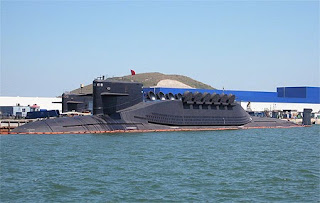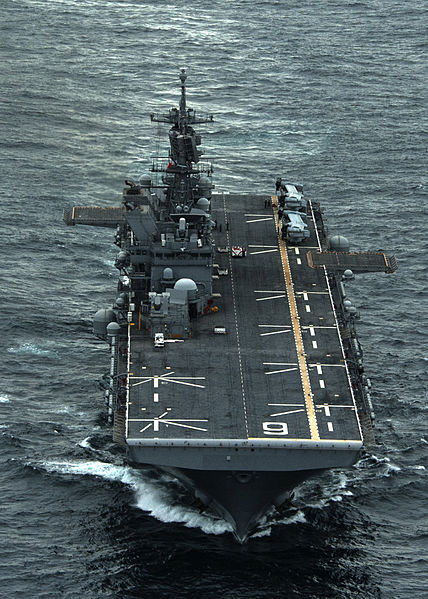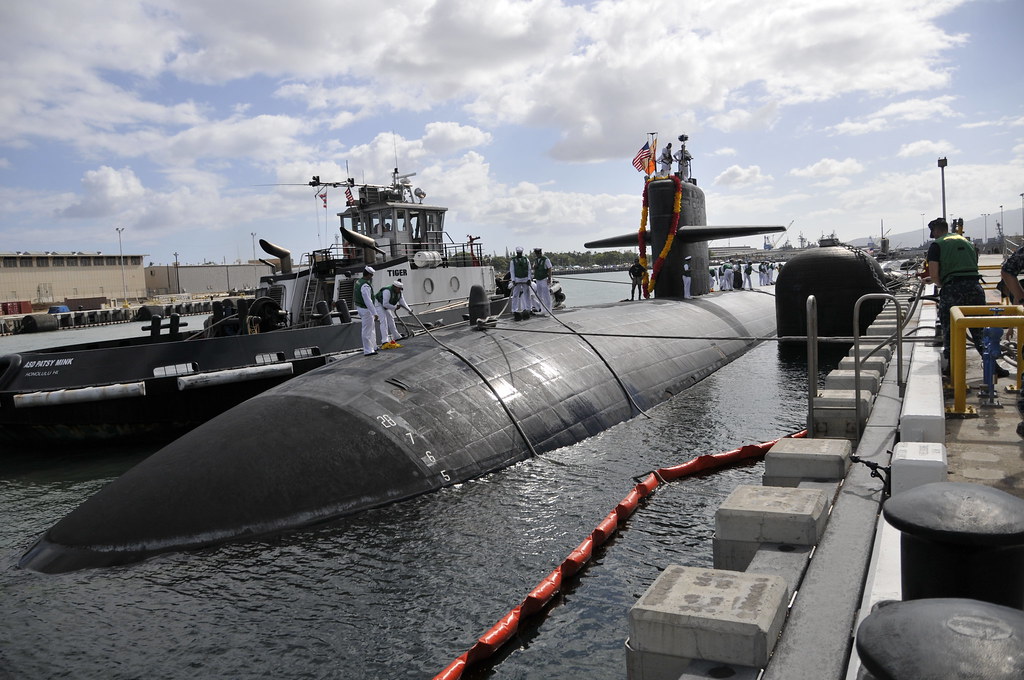The Royal Australian Air Force (RAAF) today received its first EA-18G Growler. Prime contractor Boeing and the U.S Navy formally presented the aircraft to the RAAF at a ceremony in St Louis in the United States.
Former Chief of Air Force, Air Marshal Geoff Brown (ret’d), who represented the RAAF at the ceremony, confirmed that Australia would be the first nation outside the United States to fly the airborne electronic attack platform.
“The Growlers will complement our existing and future air combat capability, and ours will be a much more lethal force with this advanced technology,” Air Marshal Brown said.
“In many respects, it’s the final piece of the air power jigsaw puzzle for the RAAF, and my prediction is it will have one of the biggest strategic effects for the Australian Defence Force since the introduction of the F-111 in the 1970s.”













_near_New_Orleans.jpg/750px-The_Green_Bay_(LPD_20)_near_New_Orleans.jpg)

















